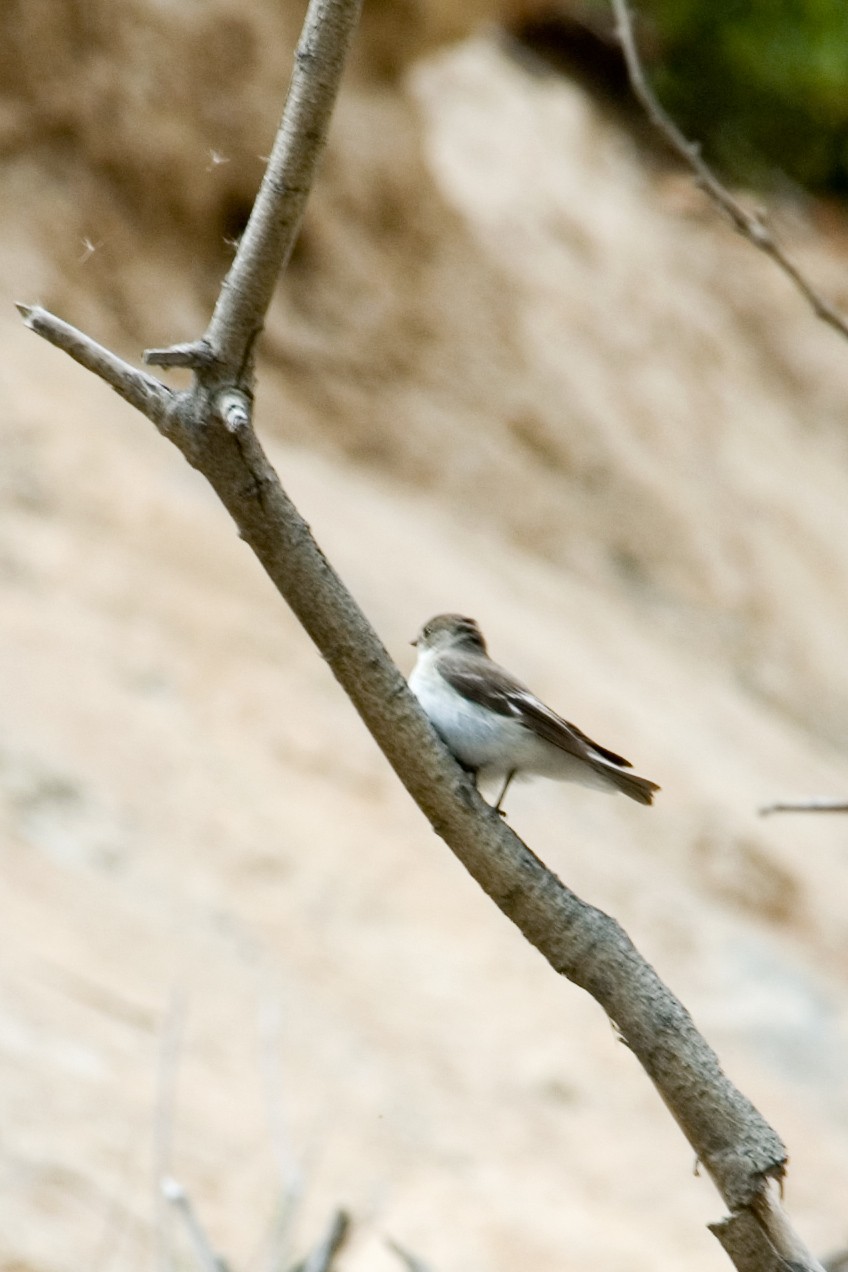Semicollared Flycatcher
A species of Ficedula Flycatchers Scientific name : Ficedula semitorquata Genus : Ficedula Flycatchers
Semicollared Flycatcher, A species of Ficedula Flycatchers
Botanical name: Ficedula semitorquata
Genus: Ficedula Flycatchers
Content
Description General Info
Description
The semicollared flycatcher (Ficedula semitorquata) is a small passerine bird in the Old World flycatcher family, one of the four species of Western Palearctic black-and-white flycatchers. It breeds in montane forests of the southeastern corner of Europe (Balkan Peninsula) to Northwest Iran. It is migratory, wintering in Central and Eastern Africa. It is a rare vagrant in western Europe. Tracking studies using geolocators have revealed that weather conditions during spring migration can have a large impact on the timing of Semicollared flycatcher migration and survival of adult birds. This is a 12–13.5 cm long bird, intermediate in appearance between collared flycatcher and European pied flycatcher. It has often been classed as a subspecies of collared flycatcher. The breeding male is mainly black above and white below, with a white half-collar, extending further back than in pied, large white wing patch, extensively white tail sides and a large white forehead patch. It has a pale grey rump. The bill is black and has the broad but pointed shape typical of aerial insectivores. It mainly takes insects in flight, rarely hunting caterpillars amongst the tree foliage like pied flycatcher. Non-breeding male, females and juvenile semi-collared flycatchers have the black replaced by a pale brown, and may be very difficult to distinguish from other Ficedula flycatchers, particularly the collared flycatcher. A distinction is that semicollared may show a white second wing bar, but many individuals are not separable in the field. Semicollared flycatchers are birds of belts of deciduous woodlands, especially oak and hornbeam, in mountainous areas. They build an open nest in a native tree-holes and old nests of woodpeckers, also the species can occupy nest-boxes. The clutch size is 4-7 eggs. The song is again intermediate between collared and pied flycatchers, with slow strained whistles, but some rhythmic elements. 
Size
13 cm
Nest Placement
Cavity
Feeding Habits
Semicollared Flycatcher primarily feeds on flying insects such as mayflies, stoneflies, and various beetle species, as well as spiders and snails. They forage in tree canopies and bushes, darting out mid-air to catch prey or plucking them from vegetation. Not known to forage much on the ground.
Habitat
The habitat of semicollared Flycatcher typically encompasses open and mature montane forests, with a preference for deciduous woods. These birds are often found in environments rich in oak, beech, and hornbeam trees, as well as areas with old-growth forests that may include spruce and fir. During the non-breeding season, semicollared Flycatcher frequents lighter woodlands, forest edges, galleries, gardens, and savanna landscapes dotted with leafy trees, such as acacias. Habitats are generally characterized by lush tree coverage and vegetative diversity, supporting the bird's feeding and nesting requirements.
Dite type
Insectivorous
General Info
Feeding Habits
Bird food type
Scientific Classification
Phylum
Chordates Class
Birds Order
Perching birds Family
Old world flycatchers Genus
Ficedula Flycatchers Species
Semicollared Flycatcher 